‘Germicidal’ ultraviolet light technology has a proven track record against indoor transmission of tuberculosis and other airborne microbes. It’s now being used in some restaurant…
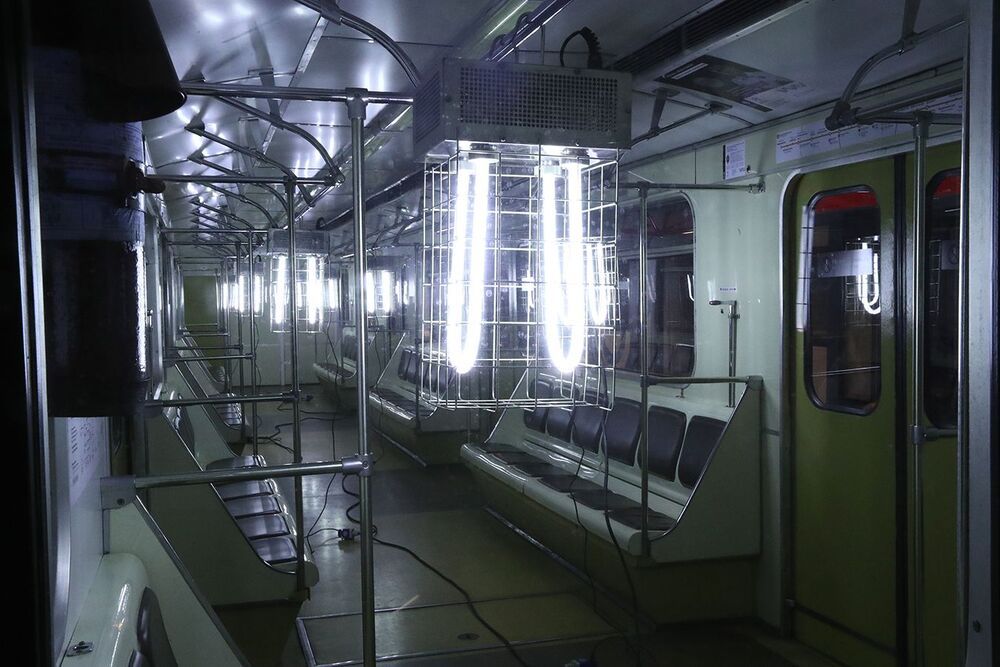


Engineers at Cornell University have developed a new technique for 3D printing metallic objects – and it involves blasting titanium particles at supersonic speeds. The resulting metals are very porous, which makes them particularly useful for biomedical objects like implants and replacement joints.
Traditional 3D printing involves a nozzle depositing plastic, hydrogels, living cells or other materials layer by layer to build up an object. Metal parts and objects are usually 3D printed in other ways, such as firing a laser at a bed of metal powder to selectively melt sections into the desired shape, or firing metal powder at high speeds at a substrate to fuse the particles together.
The latter method is known as “cold spray,” and the new technique expands on that base. The Cornell team blasted titanium alloy particles, each measuring between 45 and 106 microns wide, at speeds up to 600 m (1,969 ft) per second (for reference, the speed of sound in air is around 340 m (1,115 ft) per second). The team calculated this as the ideal speed – any faster, and the particles would disintegrate too much on impact to bond to each other.
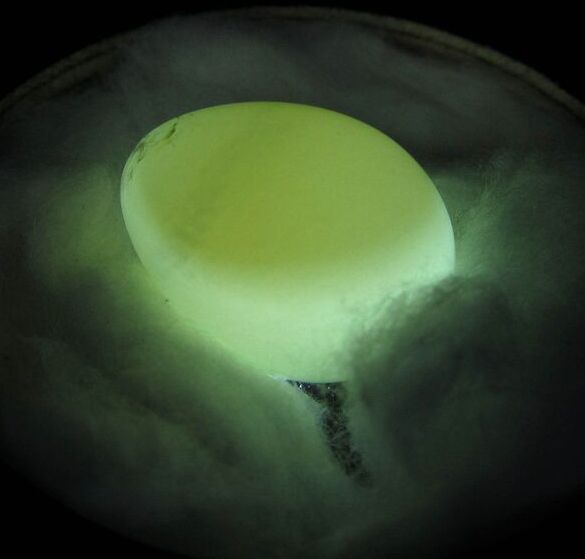
Aging link
~~~ “The telomere biology of humans is closer to the telomere biology of birds than those of traditional laboratory models. In both humans and birds, telomere length is measured in a minimally-invasive way from small blood samples,” says Collegium Researcher Antoine Stier from the University of Turku (Finland), the main author of the research article.
While authors of the study had reasons to expect shorter telomeres in chicks born from eggs injected with thyroid hormones, they were quite surprised to find that those chicks actually exhibited longer telomeres right after birth.” “Based on the natural decline of telomere length observed with age in the same collared flycatcher population, we estimated that chicks hatching from thyroid hormones injected eggs were approximately four years younger at birth than chicks hatched from control eggs,” adds Collegium Researcher Suvi Ruuskanen.
Although the molecular mechanisms underlying such effects remain to be discovered, the new findings suggest that prenatal thyroid hormones might have a role in setting the ‘biological age’ at birth.
The environment provided by the mother during embryo development has major consequences on later-life health and lifespan. This can arise through effects on cellular aging which is often estimated with the length of telomeres. Telomeres are the protective end caps of chromosomes and their length is a marker of biological age.
While telomeres normally shorten with age, short telomeres at a given age predict higher disease and mortality risks. Prenatal exposure to maternal stress hormones as well as instability during embryo development have previously been found to result in short telomeres, i.e. accelerated cellular aging.
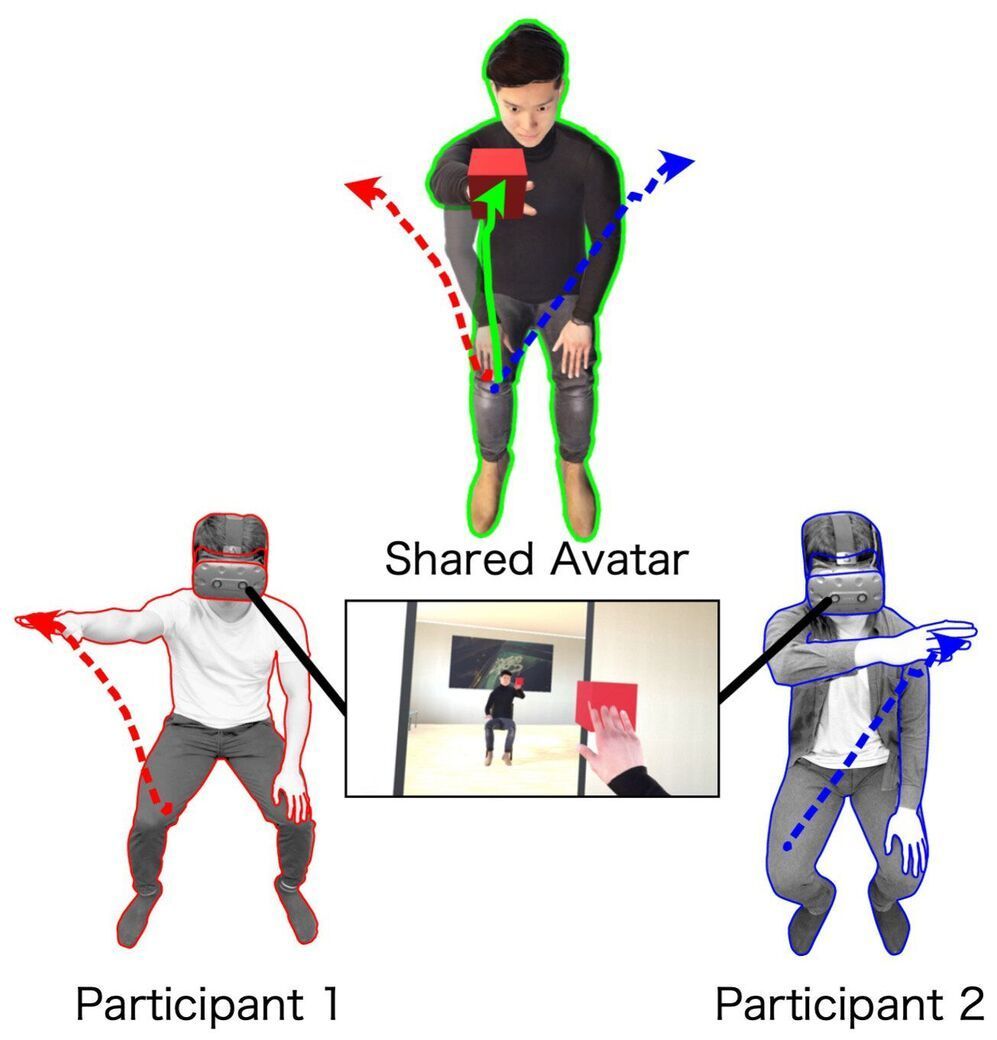
The COVID-19 crisis has led to a significant increase in the use of cyberspace, enabling people to work together at distant places and interact with remote environments and individuals by embodying virtual avatars or real avatars such as robots. However, the limits of avatar embodiment are not clear. Furthermore, it is not clear how these embodiments affect the behaviors of humans.
Therefore, a research team comprising Takayoshi Hagiwara (graduate student) and Professor Michiteru Kitazaki from Toyohashi University of Technology; Dr. Ganesh Gowrishankar (senior researcher) from UM-CNRS LIRMM; Professor Maki Sugimoto from Keio University; and Professor Masahiko Inami from The University of Tokyo aimed to develop a novel collaboration method with a shared avatar, which can be controlled concurrently by two individuals in VR, and to investigate human motor behaviors as the avatar is controlled in VR.
Full body movements of two participants were monitored via a motion-capture system, and movements of the shared avatar were determined as the average of the movements of the two participants. Twenty participants (10 dyads) were asked to perform reaching movements with their right hand towards target cubes that were presented at various locations. Participants exhibited superior reaction times with the shared avatar than individual reaction times, and the avatar’s hand movements were straighter and less jerky than those of the participants. The participants exhibited a sense of agency and body ownership towards the shared avatar although they only formed a part of the shared avatar.
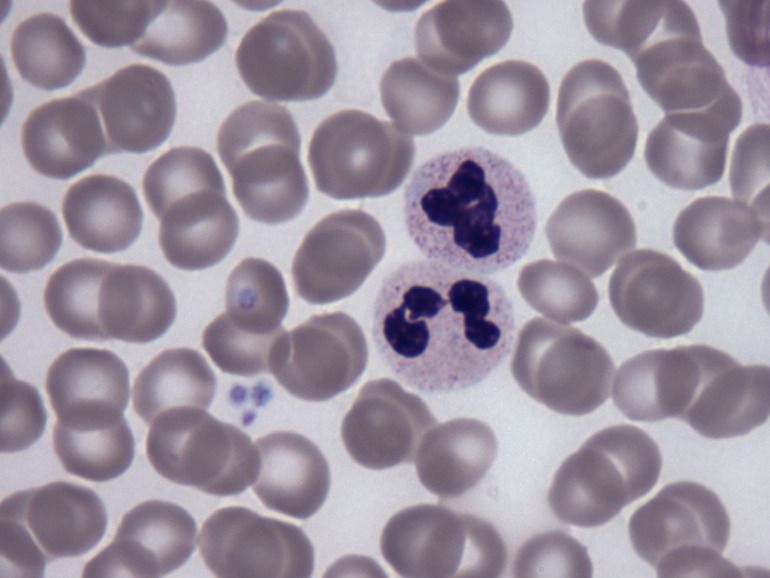
Summary: YTHDF2 is a key protein that assists in creating healthy blood cells by regulating the body’s inflammatory response.
Source: University of Edinburgh
The study is the first to reveal a protein that has a crucial role in protecting the blood’s stem cells, which continually produce all blood and immune cells needed in the body, from premature aging.

Rank in social hierarchy is a condition not solely claimed by humans. In the animal kingdom, male peacocks exhibit brightly colored plumes to illustrate dominance, and underwater, male fish show pops of bright colors to do the same. Despite the links identified between social status, physiology and behavior, the molecular basis of social status has not been known, until now.
“We discovered that two paralogous androgen receptor genes control social status in African cichlid fish,” reports Beau Alward in the Proceedings of the National Academy of Sciences. Alward is an assistant professor of psychology at the University of Houston with a joint appointment in biology and biochemistry. Paralogs are duplicate genes; androgens are hormones like testosterone necessary for male sexual development.
“Testosterone binds to androgen receptors to exert its effects. What we found through genome editing is that the two genes encoding these receptors are required for different aspects of social status,” said Alward. “This type of coordination of social status may be fundamental across species that rely on social information to optimally guide physiology and behavior.”
Remember to like, comment, share and subscribe to support this vidcast.
Sources cited in this episode include the following:
The November 3rd, 2020 Globe and Mail post, “Broadcasting bill targets online streaming services” at https://www.theglobeandmail.com/politics/article-ottawa-says…lion-from/
The November 3rd, 2020 TVOntario post, “The pandemic is killing government transparency” at https://www.tvo.org/article/the-pandemic-is-killing-government-transparency.
The November 2nd, 2020 Ottawa Citizen Defence Watch post, “Canadian Military wants to establish new organization to use propaganda, other techniques to influence Canadians” at https://ottawacitizen.com/news/national/defence-watch/canadi…-canadians.
The November 3rd, 2020 Science and Enterprise post, “Venture Rounds, IPOs, Mergers Vanish in Election Week” at https://sciencebusiness.technewslit.com/?p=40235#:~:text=3%20Nov.,2020.&text=According%20to%20technology%20investment%20research,so%20far%20this%20entire%20week.
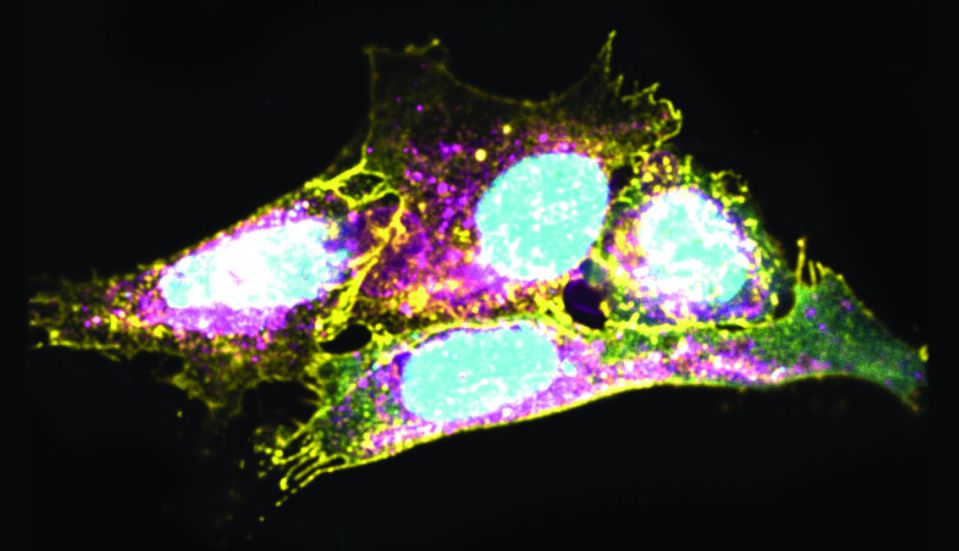
A genetic disposition that plays a role in the development of the heart in the embryo also appears to play a key role in the human immune system. This is shown by a recent study led by the University of Bonn (Germany). When the gene is not active enough, the immune defense system undergoes characteristic changes, causing it to lose its effectiveness. Doctors speak of an aging immune system, as a similar effect can often be observed in older people. In the medium term, the results may contribute to reduce these age-related losses. The study is published in the journal Nature Immunology.
The gene with the cryptic abbreviation CRELD1 has so far been a mystery to science. It was known to play an important role in the development of the heart in the embryo. However, CRELD1 remains active after birth: Studies show that it is regularly produced in practically all cells of the body. For what purpose, however, was previously completely unknown.
The Bonn researchers used a novel approach to answer this question. Nowadays, scientific studies with human participants often include so-called transcriptome analyses. By these means, one can determine which genes are active to what extent in the respective test subjects. Researchers are also increasingly making the data they obtain available to colleagues, who can then use it to work on completely different matters. “And this is exactly what we did in our study,” says Dr. Anna Aschenbrenner from the LIMES Institute at the University of Bonn and member of the ImmunoSensation² Cluster of Excellence.
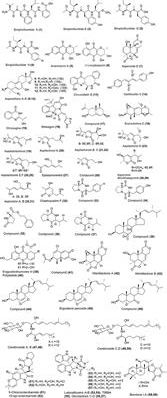
Metabolites from marine fungi have hogged the limelight in drug discovery because of their promise as therapeutic agents. A number of metabolites related to marine fungi have been discovered from various sources which are known to possess a range of activities as antibacterial, antiviral and anticancer agents. Although, over a thousand marine fungi based metabolites have already been reported, none of them have reached the market yet which could partly be related to non-comprehensive screening approaches and lack of sustained lead optimization. The origin of these marine fungal metabolites is varied as their habitats have been reported from various sources such as sponge, algae, mangrove derived fungi, and fungi from bottom sediments. The importance of these natural compounds is based on their cytotoxicity and related activities that emanate from the diversity in their chemical structures and functional groups present on them. This review covers the majority of anticancer compounds isolated from marine fungi during 2012–2016 against specific cancer cell lines.
Marine fungi are important source of secondary metabolites useful for the drug discovery purposes. Even though marine fungi are less explored in comparison to their terrestrial counterparts, a number of useful hits have been obtained from the drug discovery perspective adding to their importance in the natural product discovery (Molinski et al., 2009; Butler et al., 2014), which have yielded a wide range of chemically diverse agents with antibacterial, antiviral and anticancer properties in animal systems. Starting with the celebrated example of cephalosporins, marine fungi have provided unique chemical skeletons that could be used to develop drugs of clinical importance (Bhadury et al., 2006; Saleem et al., 2007; Javed et al., 2011; Sithranga and Kathiresan, 2011). Fungi, in general, have been generous source of drugs as evidenced by the isolation of many drugs in use such as paclitaxel, camptothecin, vincristine, torreyanic acid and cytarabine to name a few.
Host Mark Sackler and panelists discuss the challenges of getting governments and the public on board with one of the basic principles of longevity research: that the cause of all chronic diseases of aging is aging itself.